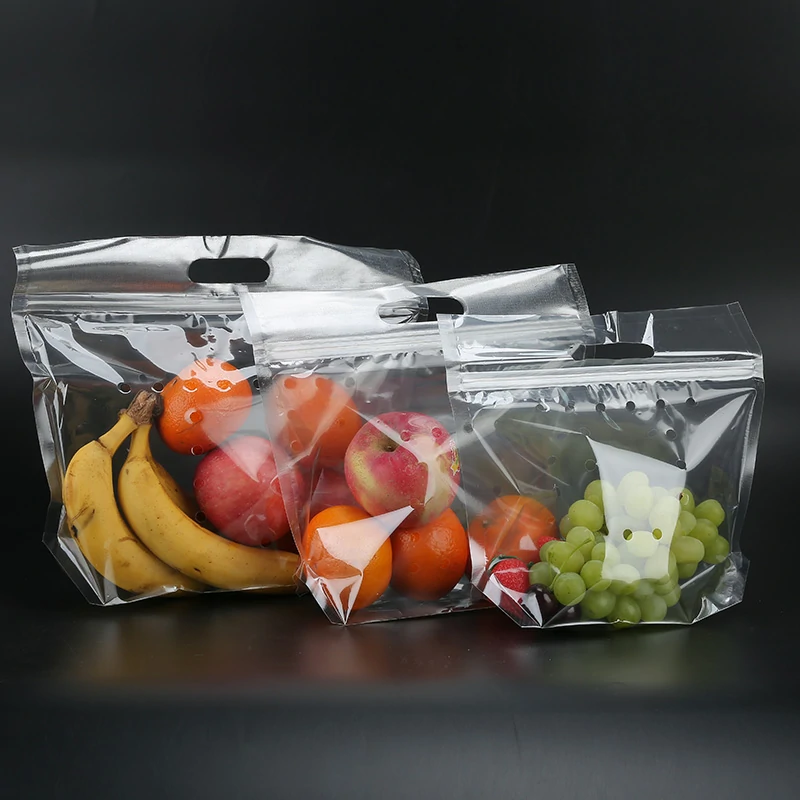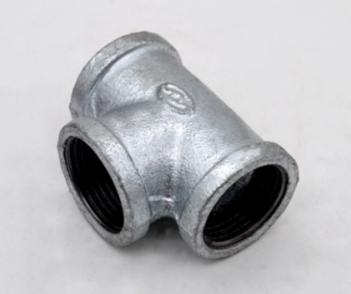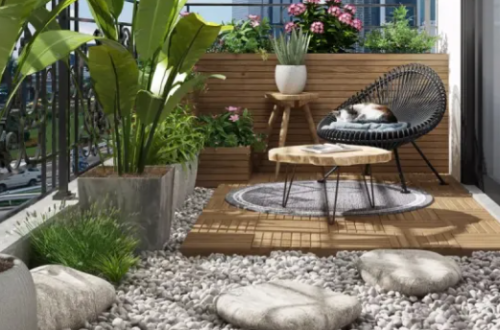What material is used for the packaging of fruit and vegetable fresh keeping bag?
The packaging materials used for fruit and vegetable fresh-keeping bags can vary depending on factors such as the specific requirements of the produce, environmental concerns, and manufacturing processes.
However, some common materials used for these bags include:
- Polyethylene (PE): This is a widely used material for packaging fruits and vegetables due to its transparency, flexibility, and moisture resistance. It comes in various forms such as low-density polyethylene (LDPE), high-density polyethylene (HDPE), and linear low-density polyethylene (LLDPE).
- Polypropylene (PP): PP is another popular choice for produce packaging. It offers good clarity, strength, and resistance to moisture and grease. PP bags are often used for packaging items like potatoes, onions, and citrus fruits.
- Polyethylene Terephthalate (PET): PET is commonly used for packaging fruits and vegetables that require excellent clarity to showcase the product, such as berries and salads. It offers good barrier properties against oxygen and carbon dioxide, helping to extend the shelf life of the produce.
- Biodegradable and Compostable Materials: With increasing environmental concerns, fruit and vegetable fresh keeping bag there is a growing demand for packaging materials that are biodegradable and compostable. Materials such as polylactic acid (PLA), bio-based polyethylene, and compostable blends are being used as alternatives to traditional plastics.
- Specialized Films: Some fruits and vegetables require specialized packaging films tailored to their specific needs. For example, ethylene-absorbing films help to slow down the ripening process of certain fruits by absorbing ethylene gas, while microperforated films allow for controlled gas exchange to maintain optimal storage conditions.
- Paper-based Packaging: Paper-based materials are also used for fruit and vegetable packaging, especially for products like apples and tomatoes. These materials are often coated or laminated to provide moisture resistance and prolong the freshness of the produce.
Overall, the choice of packaging material depends on factors such as the type of produce, desired shelf life, environmental considerations, and regulatory requirements.



